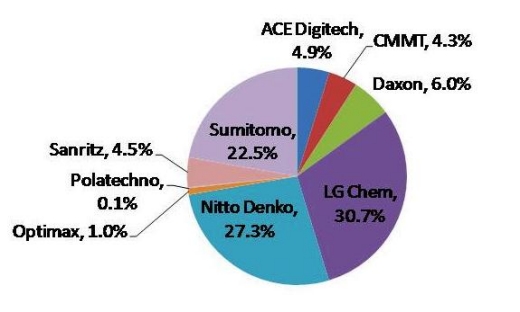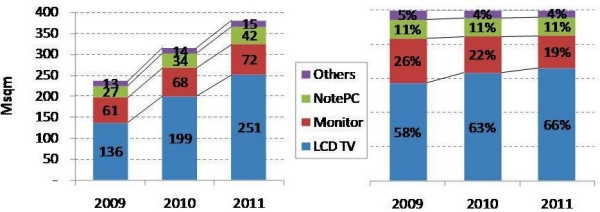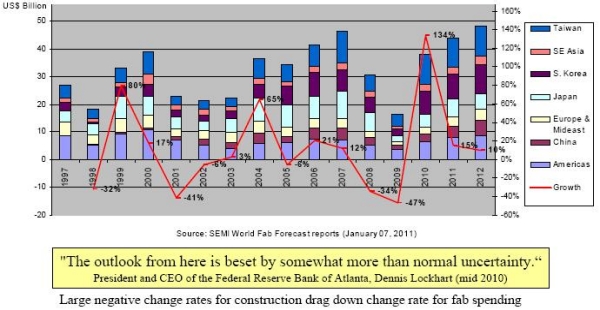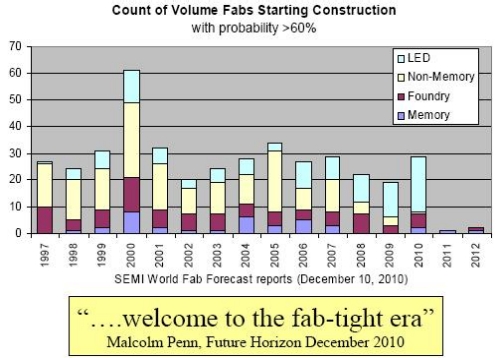February 10, 2011 – Marketwire — SPP Process Technology Systems (SPTS), plasma etch, deposition, and thermal processing equipment manufacturer for the micro-device industry, completed the acquisition of deep reactive ion etch (DRIE) technology and certain related assets from Tegal Corporation. In addition, the deal includes the transfer to SPTS of the capital stock and operations of Tegal France SAS, a wholly-owned Tegal subsidiary formed by Tegal’s acquisition of Alcatel Micro Machining Systems’ DRIE assets in September 2008.
SPTS’ acquisition will include the Tegal DRIE product line (including 200, 110, 3200, and 4200 series), along with the Compact and Pluto development assets, intellectual property (IP) and process know-how. SPTS will provide continued global support to existing Tegal DRIE customers, and will integrate these technologies into its SPTS’ broad range of product offerings in etch, deposition and thermal technologies. SPTS just days ago acquired the etch portfolio of Primaxx from its parent company.
"The sale of the Tegal DRIE assets to SPTS secures our technology, team members, active joint development projects in France, and ensures continuation of our commitments to customers globally," said Thomas Mika, president and CEO, Tegal Corporation. "This event represents another major step in Tegal’s transformation from semiconductor capital equipment supplier to its new role in providing green energy." Tegal recently announced participation in the formation of sequel Power, a company engaged in large scale photovoltaic (PV)-based solar utilities.
SPP Process Technology Systems was established in October 2009 as the vehicle for the merger of Surface Technology Systems and acquired assets of Aviza Technology. The company is a wholly-owned subsidiary of Sumitomo Precision Products Co., Ltd., and designs, manufactures, sells, and supports advanced semiconductor capital equipment and process technologies for the global semiconductor industry and related markets. These products are used in a variety of market segments, including R&D, data storage, MEMS and nanotechnology, advanced 3-D packaging, LEDs, and power integrated circuits for communications. For more information about SPTS, please visit www.spp-pts.com.
Tegal is dedicated to the development and application of both proven and emerging technologies in the field of green energy. Tegal is engaged in the promotion of solar power plant development projects worldwide, the development of self-sustaining businesses from such projects, including supporting, developing, building and operating solar photovoltaic fabrication facilities and solar farms and other non-PV based renewable energy projects. Learn more at www.Tegal.com.
Subscribe to Solid State Technology/Advanced Packaging.
Follow Solid State Technology on Twitter.com via editors Pete Singer, twitter.com/PetesTweetsPW and Debra Vogler, twitter.com/dvogler_PV_semi.



 In conjunction with a high-brightness SemiLEDs chip, this compact size, silicon sub-mount technology delivers brightness and reliability. In addition, the S35 silicon has a thermal conductance more than 8 times higher than aluminum oxide ceramic packages, and at a considerably lower cost than aluminum nitride ceramic.
In conjunction with a high-brightness SemiLEDs chip, this compact size, silicon sub-mount technology delivers brightness and reliability. In addition, the S35 silicon has a thermal conductance more than 8 times higher than aluminum oxide ceramic packages, and at a considerably lower cost than aluminum nitride ceramic.

 Pete Singer
Pete Singer

